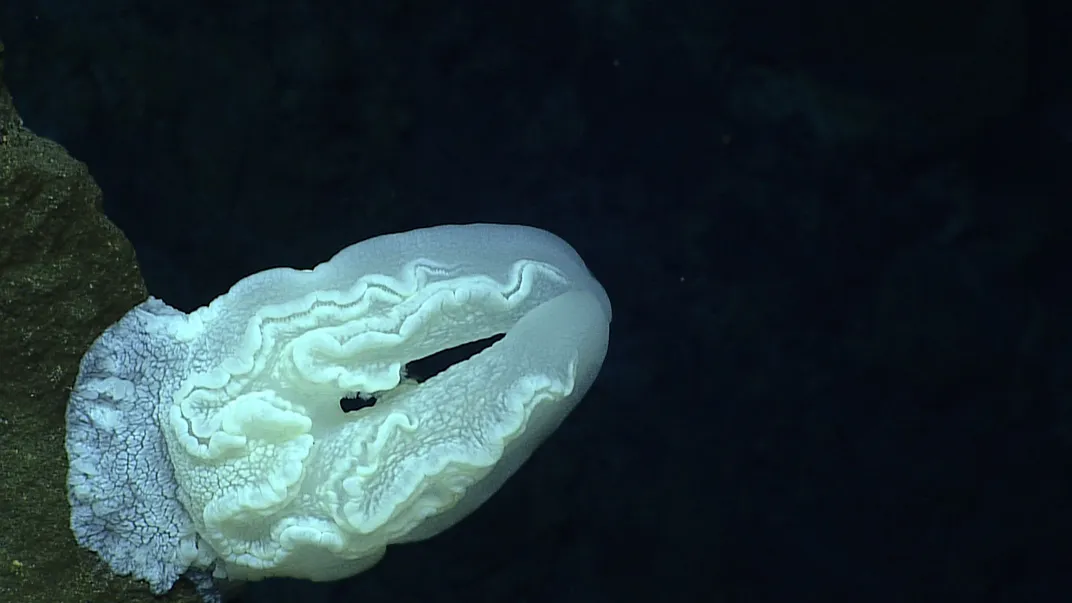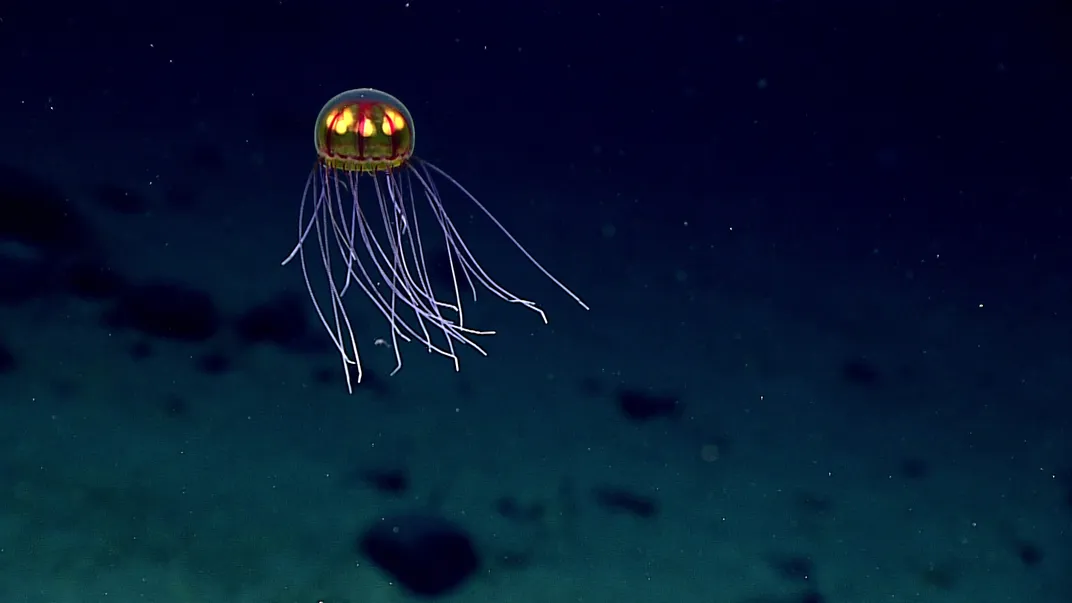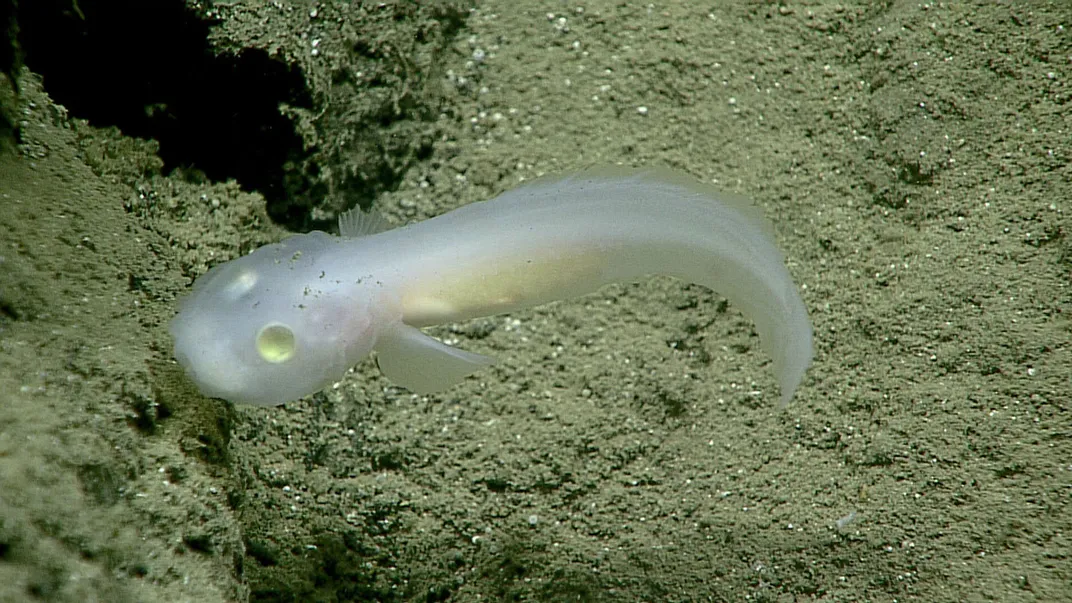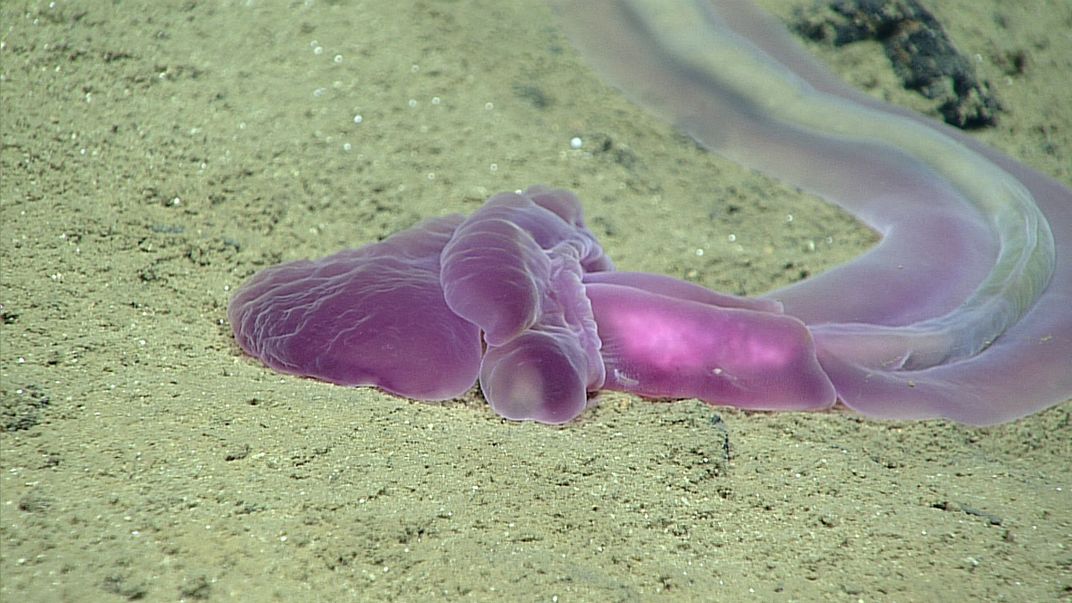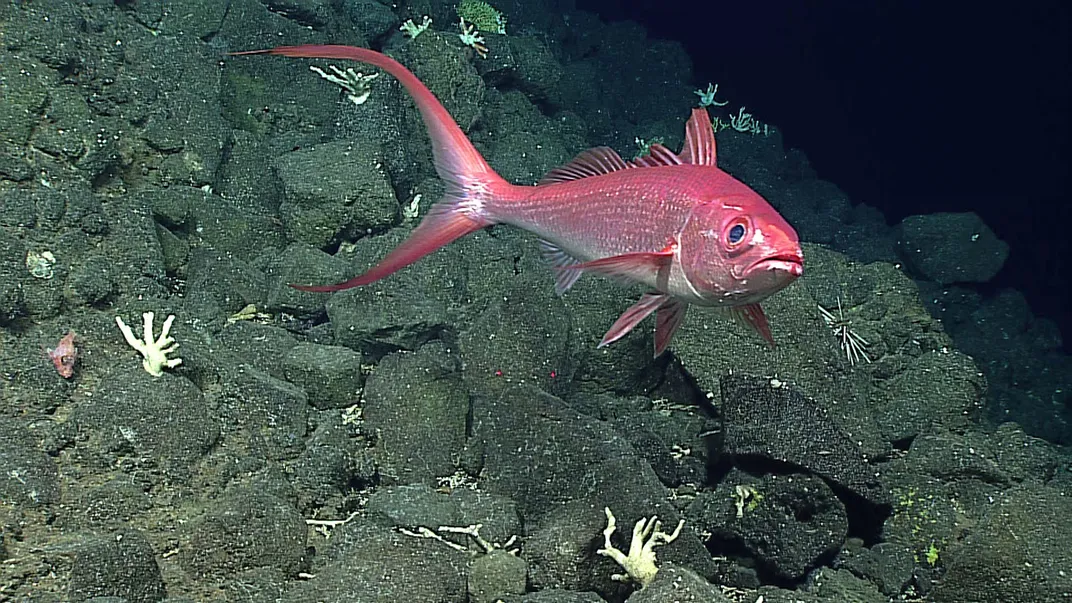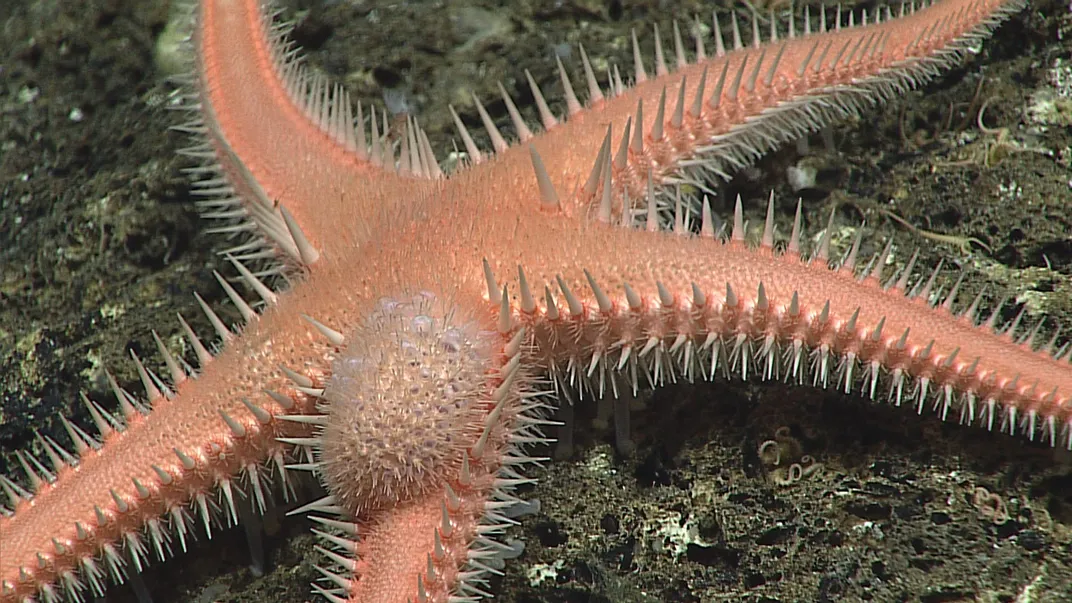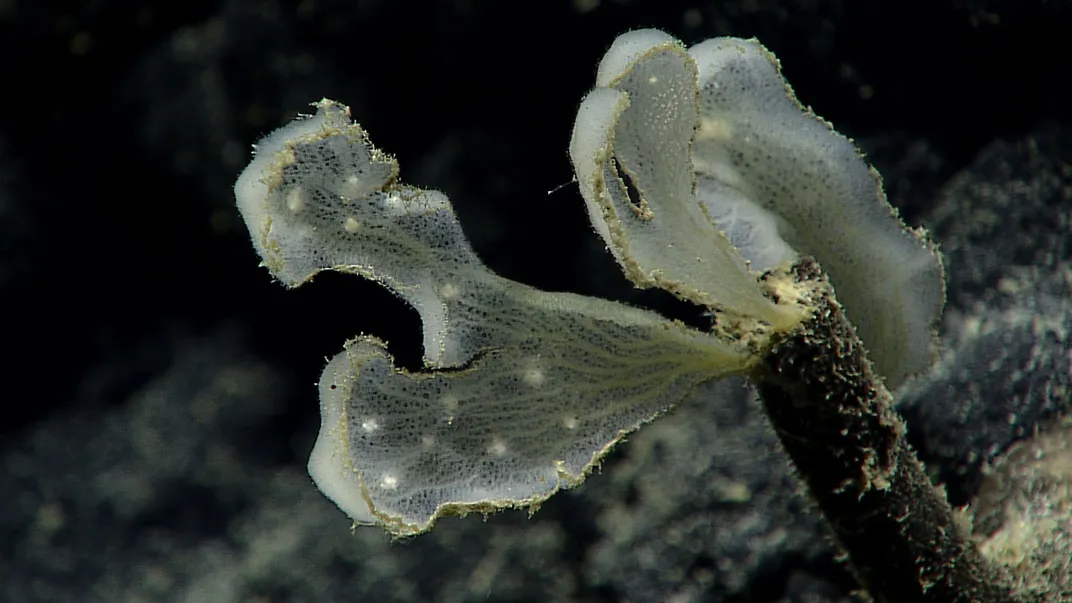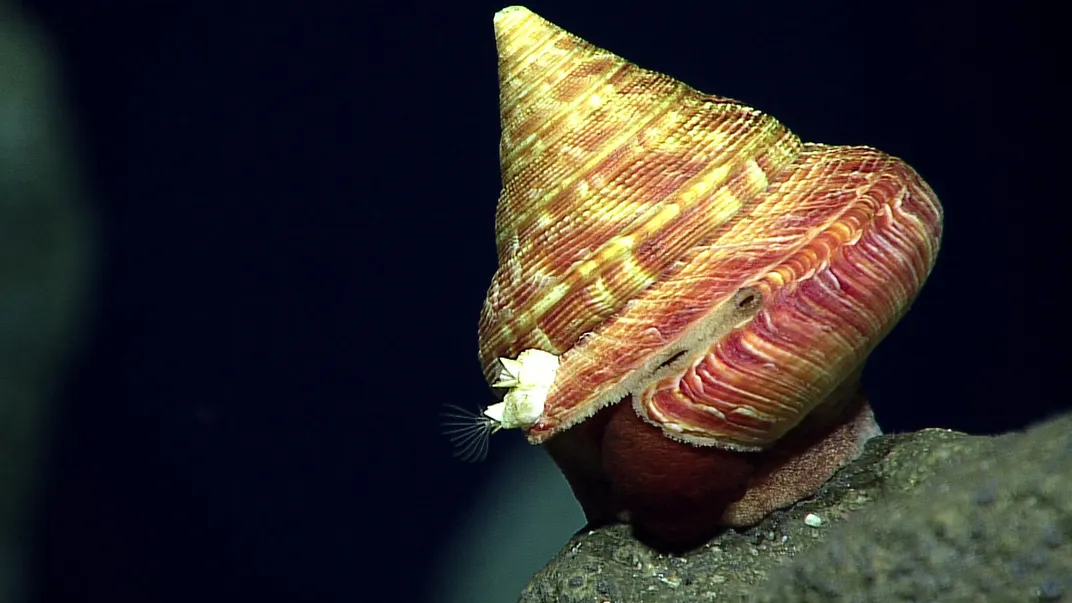Mission to Mariana Trench Records Dozens of Crazy Deep Sea Creatures
The Okeanos Explorer has spent three months mapping the seafloor and recording deep sea life in the ocean’s depths
The Mariana Trench is one of the most enigmatic spots in the ocean. This crescent-shaped scar in the Earth’s crust forms where the Pacific plate collides and sinks below the Philippine plate. It runs for 1,500 miles and contains the deepest spot known in the ocean: the Challenger Deep, which hides 6.83 miles below the surface.
In 2009, the United States, which owns the nearby Mariana Islands including Guam, set aside the area's 95,216 square miles as a Marine National Monument. But despite lots of research on the Trench, scientists still don’t have a full grasp on its geology, habitats and inhabitants. That’s why NOAA's Okeanos Explorer set sail last April, mapping and researching the area for three months. This mission came to an end this past weekend.
The ship is the only federally funded research vessel assigned to "systematically explore our largely unknown ocean for the purpose of discovery and the advancement of knowledge." Using multi-beam sonar, it generates high-resolution images of the seafloor. When the crew spots an anomaly or interesting area, it deploys a fleet of remotely operated vehicles to explore the hydrothermal vents, seamounts and interesting animals in the area.
The idea is to create a baseline of information so researchers and government agencies can understand how to manage and protect the Trench and its fish. Among the many amazing things the Okeanos team have seen so far are bottomfish habitats, mud volcanoes and deep-sea coral.
The information is sure to prove invaluable for ocean researchers and geologists. But the more immediate impact of the expedition has been the release of dozens of images of the bizarre and beautiful sea creatures it has captured. Images of a new jellyfish species and a ghostly white octopus went viral and a "sponge the size of a minivan," the largest on record, also earned headlines.
More recently, the ship’s ROVs spotted the first living example of a “ghostfish” believed to be in the family Aphyonidae. The four-inch, white fish with deeply recessed eyes got the researchers very excited. “This is just remarkable,” Bruce Mundy, fishery biologist with the NOAA National Marine Fisheries Service, says in a video of the find. “Some of us working with fish have wish lists, you know, a sort of bucket list of what we might want to see. And a fish in this family was probably first on those lists for a lot of us.”
Other creatures found on the voyage include a sea anemone with six-foot tentacles, strange purple acorn worms and many strange new comb jellys or ctenophores.
